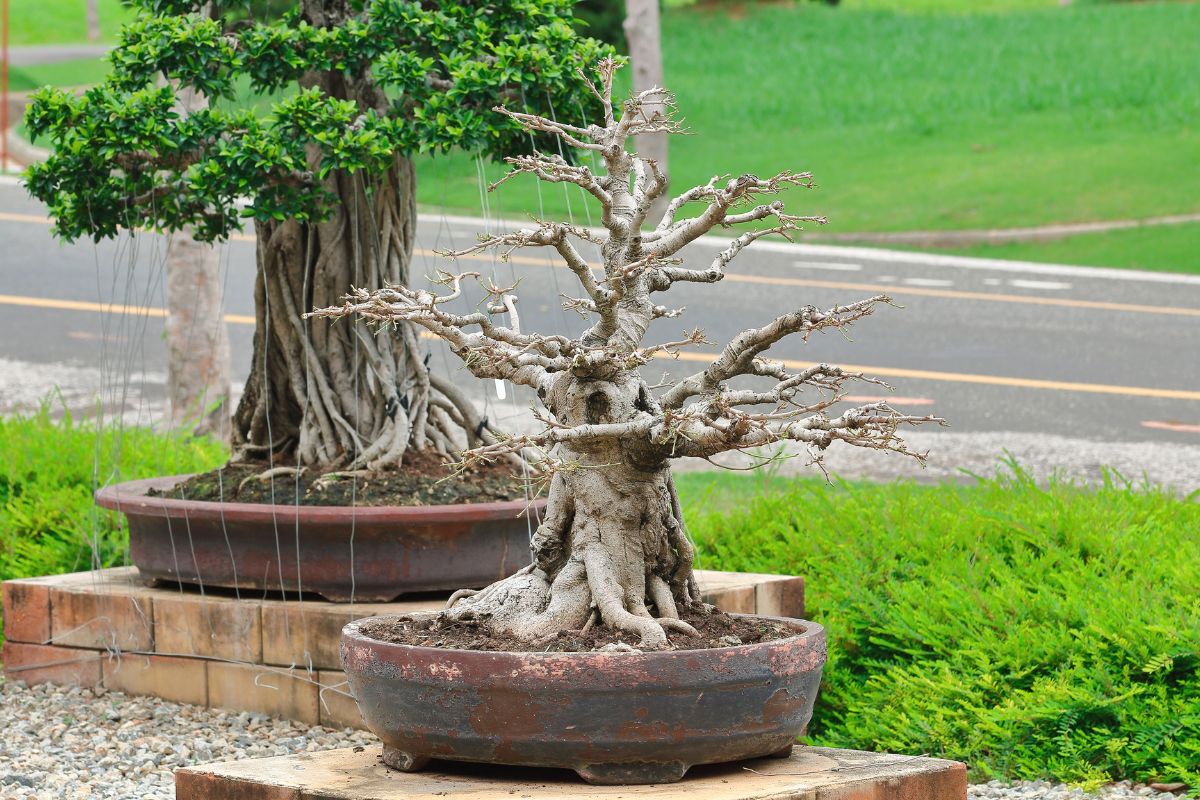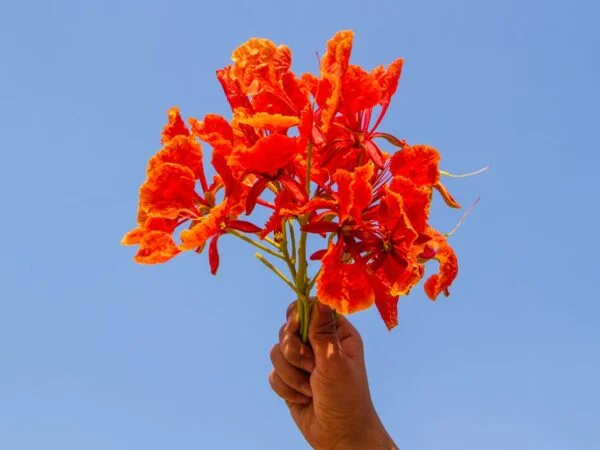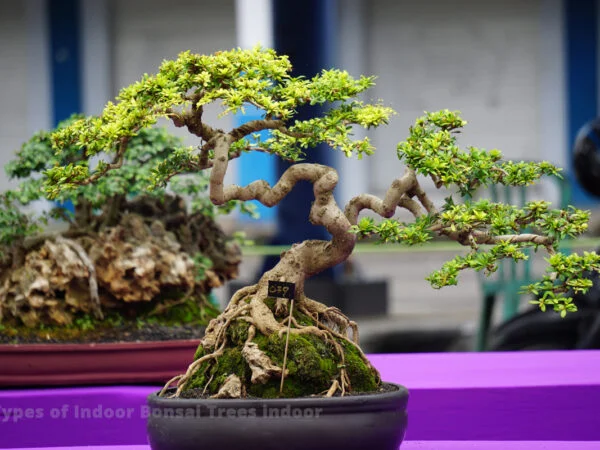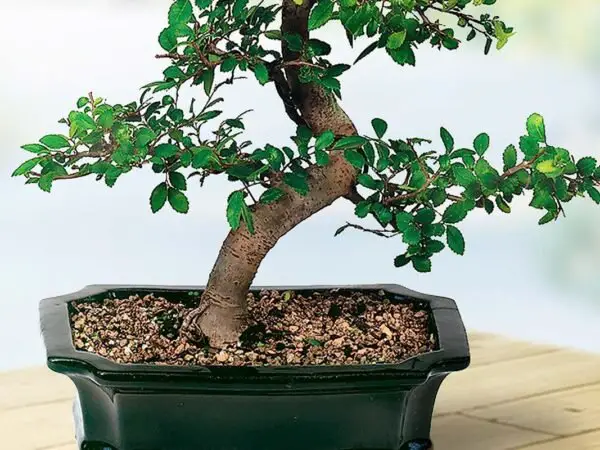Did your cherished bonsai tree shed all its leaves unexpectedly, experiencing excessive shedding? Don't fret, as we have the solutions you need to revive your leafless beauty of many bonsai. Losing all leaves can be a distressing sight for any bonsai enthusiast, especially if it's due to excessive shedding, but fear not, as there are effective ways to bring back its lush foliage and vitality, promoting healthy growth.
Wondering how to rescue your leafless bonsai tree? We've got you covered with expert tips and tricks tailored to help your miniature tree thrive once more. From proper watering techniques to ideal lighting conditions, we'll guide you through the essential steps needed to rejuvenate your bonsai back to its former glory. Stay tuned for invaluable insights on reviving your leafless bonsai tree and nurturing it back to health.
Key Takeaways
- Understanding Bonsai Leaf Loss: Recognize the reasons behind leaf loss in bonsai trees, such as overwatering, underwatering, or pests.
- Diagnosing the Problem: Thoroughly inspect the tree for signs of disease, pests, or environmental stress to accurately diagnose the issue.
- Immediate Care Steps: Take prompt action by adjusting watering, light exposure, and humidity levels based on the specific problem identified.
- Reviving Techniques: Employ appropriate revival methods like repotting, pruning, or fertilizing to help the bonsai tree recover and regrow its leaves.
- Adjusting Environment: Create an optimal environment by ensuring proper light, temperature, and humidity conditions to support leaf growth and overall health.
- Preventive Measures: Implement preventive care practices such as regular monitoring, proper watering techniques, and pest control to maintain leaf health and prevent future issues.
Understanding Bonsai Leaf Loss
Common Causes
Bonsai enthusiasts often face the challenge of leaf loss in their cherished bonsai trees. Multiple factors can lead to this issue, including over or under-watering, inadequate light exposure, incorrect pruning techniques, and pests infestation. Addressing these common causes is crucial to maintaining the health and vitality of bonsai trees. By ensuring proper care and attention, many bonsai can thrive and retain their lush foliage.
Seasonal Changes
Seasonal variations play a significant role in the life cycle of bonsai trees, impacting their foliage throughout the year. As seasons change, it is essential to adapt care routines accordingly to meet the specific needs of the tree. For instance, adjusting watering frequency, fertilization schedules, and exposure to sunlight based on seasonal transitions can help mitigate leaf loss and promote overall tree health. By understanding how each season affects bonsai trees, enthusiasts can provide tailored care that supports optimal growth.
Environmental Stress
Environmental stress poses a considerable threat to the well-being of bonsai trees, often leading to leaf drop and overall decline in health. Factors such as extreme temperatures, improper humidity levels, poor air circulation, and inadequate soil quality can contribute to environmental stress. To minimize these risks, bonsai enthusiasts should create a stable environment that mimics the tree's natural habitat. This includes providing adequate light exposure, maintaining consistent humidity levels, protecting the tree from harsh weather conditions, and ensuring proper ventilation around the tree.
Diagnosing the Problem
Overwatering Signs
Overwatering manifests through yellowing leaves, mushy roots, and soil that remains damp for extended periods. This excessive moisture suffocates the roots, leading to leaf drop and root rot. To combat overwatering, adjust watering frequency and ensure proper drainage.
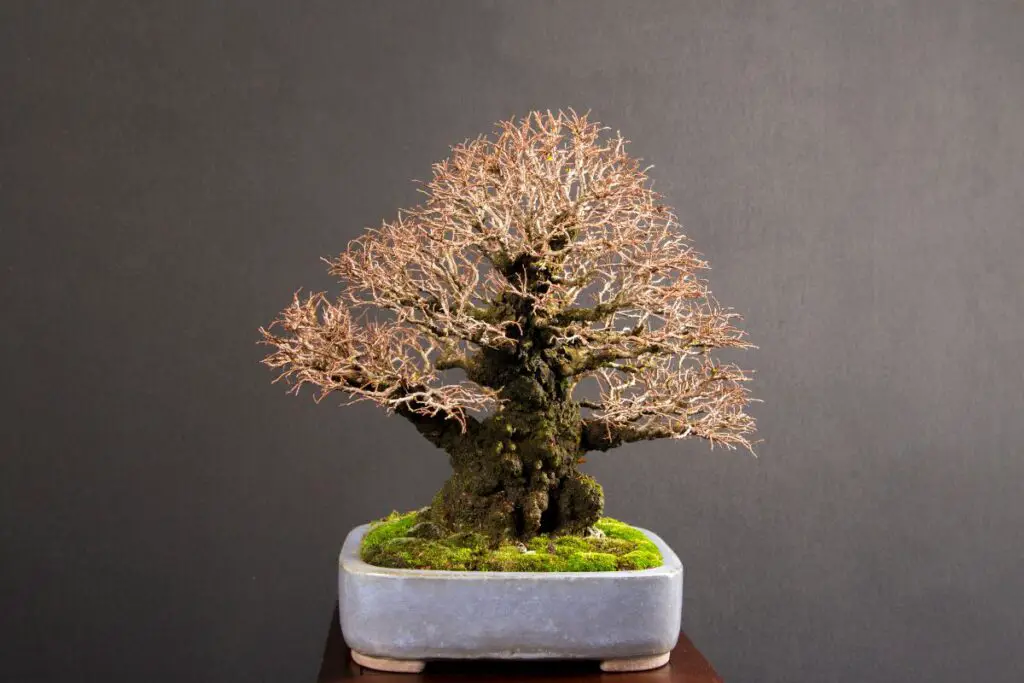
Underwatering Symptoms
Underwatered bonsai trees exhibit dry and crispy leaves, accompanied by wilting foliage. This lack of hydration impedes nutrient absorption, causing stunted growth and leaf loss. Correct underwatering by increasing watering frequency and monitoring soil moisture levels diligently.
Light Requirements
Adequate light is crucial for photosynthesis in bonsai trees, promoting healthy leaf development. Insufficient light results in pale, leggy leaves due to reduced chlorophyll production. Ensure your bonsai receives direct sunlight or artificial grow lights to maintain vibrant foliage.
Temperature Impact
Temperature fluctuations can disrupt the metabolic processes essential for leaf health in bonsai trees. The ideal temperature range for most species is between 60-80°F to prevent leaf drop caused by stress. Create a stable environment by avoiding sudden temperature changes and drafts around the tree.
Immediate Care Steps
Adjust Watering
Proper watering is crucial for a bonsai tree that has lost all its leaves. Understand the specific watering needs of your bonsai to prevent further leaf drop. Maintain soil moisture levels to support leaf health and overall tree growth.
- Adjust watering frequency based on the tree's requirements
- Ensure soil moisture is adequate to prevent leaf drop
Pruning Dead Leaves
Pruning dead leaves is essential for encouraging new growth in a bonsai tree without leaves. Master the correct techniques to remove dead foliage without harming the tree. Regular pruning promotes leaf health and enhances the tree's appearance.
- Prune dead leaves carefully to avoid stressing the tree
- Regular pruning helps maintain leaf health and tree aesthetics
Isolation
Isolating a bonsai tree experiencing issues such as pests or diseases is vital to prevent further damage and protect other plants nearby. Implement isolation measures promptly to safeguard the overall well-being of the bonsai.
- Isolate affected trees to prevent issues from spreading
- Protect neighboring plants by isolating affected bonsai trees
Reviving Techniques
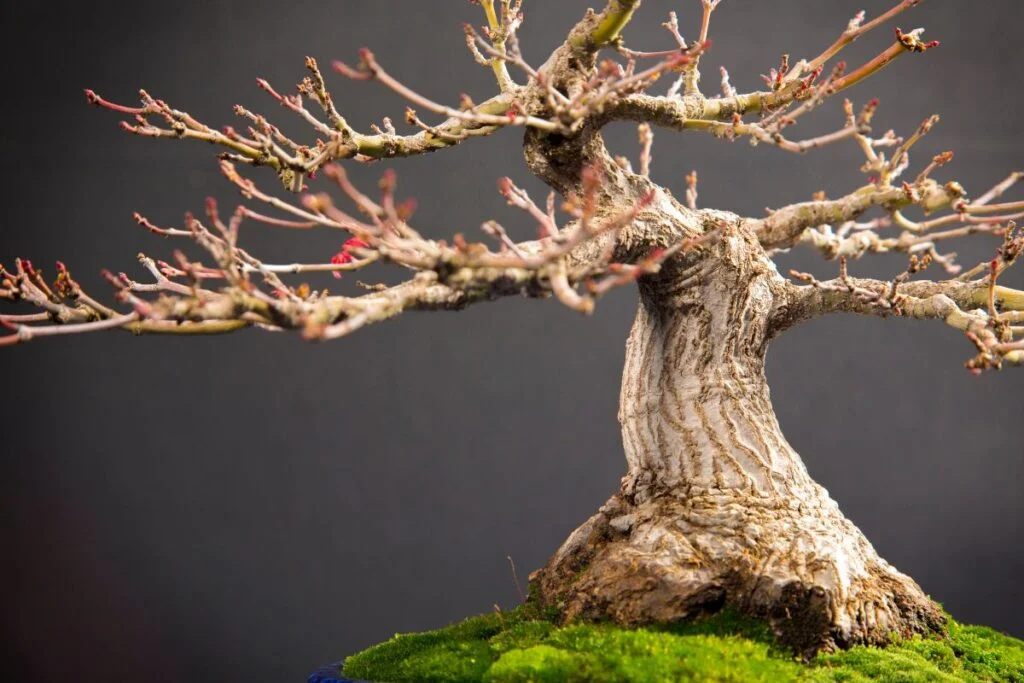
Repotting Essentials
Repotting a bonsai tree is crucial for its health. Begin by selecting the right pot size and soil mixture. Carefully remove the tree from its current pot, gently untangle the roots, and trim any damaged or excessively long roots. Place the tree in the new pot, ensuring it sits at the same depth as before. Fill in with fresh soil, pressing down lightly to remove air pockets. Water thoroughly to help settle the soil around the roots.
Soil Mixture
Choosing the correct soil mixture is vital for bonsai trees. Opt for well-draining soil to prevent waterlogging, which can lead to root rot and leaf loss. A good mixture should include components like akadama, pumice, and lava rock for optimal aeration and drainage. This blend promotes healthy root growth by allowing air circulation while retaining essential moisture levels. Regularly check the soil's moisture levels to ensure proper hydration without overwatering.
Root Care
Maintaining root health directly impacts leaf growth in bonsai trees. Inspect the roots regularly for signs of overcrowding or disease, which can hinder nutrient absorption and weaken the tree. Prune back any circling or thick roots to encourage new growth and maintain a balanced root system. Proper root care involves providing adequate space for root expansion within a suitable pot size, promoting overall tree vigor and leaf retention.
Adjusting Environment
Lighting Conditions
Maintaining adequate light exposure is crucial for healthy bonsai leaves. Adjust lighting to prevent damage and promote growth. Ensure proper conditions for leaf health and tree development.
Ideal Temperature
The ideal temperature range is vital for promoting healthy leaf growth in bonsai trees. Temperature directly influences leaf health and overall tree vitality. Control temperature to create an optimal environment.
Humidity Levels
Maintain appropriate humidity levels to support bonsai tree health. Humidity impacts leaf hydration and overall tree well-being significantly. Regulate humidity effectively to prevent leaf drop and maintain a healthy environment.
Preventive Measures
Regular Monitoring
Regularly monitoring your bonsai tree is crucial to catching any early signs of leaf issues. By consistently observing the leaves, you can detect problems before they escalate. Set up a monitoring routine to intervene promptly and maintain the overall health of the leaves.
- Recognize signs of stress or discoloration early.
- Check for pests like spider mites or aphids regularly.
- Adjust watering and light exposure based on leaf condition.
Pest Control
Pest control plays a vital role in protecting your bonsai tree's leaves from damage and potential drop. Understanding common pests that target bonsai trees is essential. Implement effective pest control measures to safeguard the foliage and ensure the tree's well-being.
- Look out for pests such as scale insects and caterpillars.
- Use natural remedies like neem oil or insecticidal soap.
- Quarantine infected plants to prevent spreading.
Fertilization Schedule
Maintaining a consistent fertilization schedule is key to preventing nutrient deficiencies and leaf drop in bonsai trees. Proper fertilization supports healthy leaf growth and overall tree development. Follow a balanced fertilization routine to nurture your tree effectively.
- Use a balanced fertilizer with essential nutrients.
- Adjust fertilization frequency based on the tree's growth stage.
- Avoid over-fertilizing, which can harm the roots and leaves.
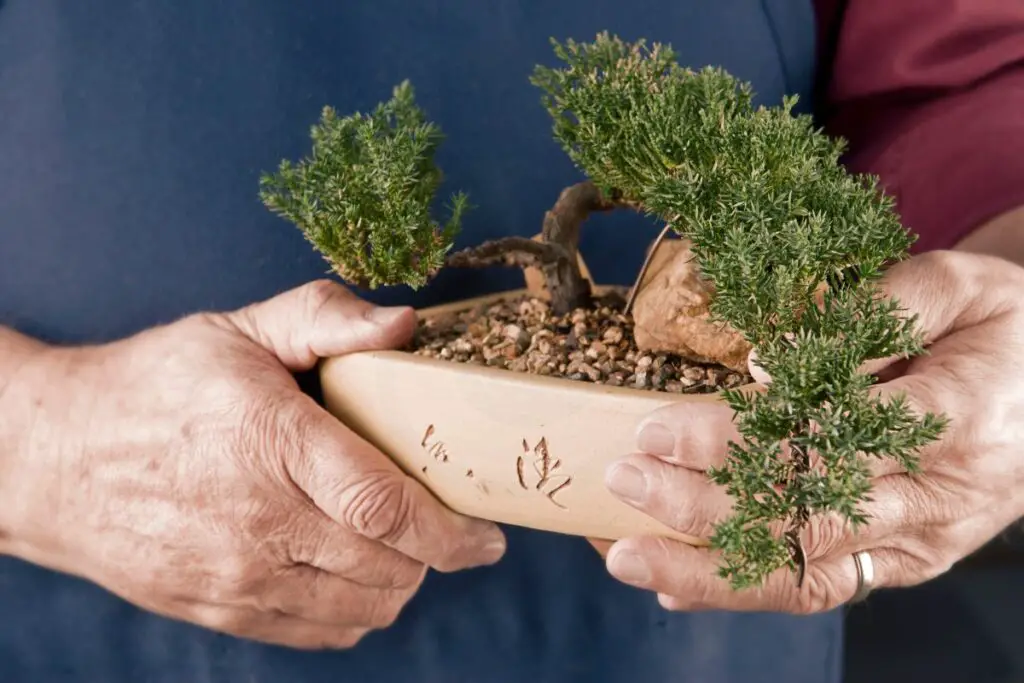
Long-term Health Strategies
Seasonal Care
Maintaining healthy leaves on bonsai trees requires understanding seasonal care practices. Adjust care routines according to seasonal changes. Implement strategies to promote leaf health and tree well-being.
Training and Pruning
Training and pruning are essential for maintaining leaf health in bonsai trees. These techniques promote new growth and leaf density, enhancing the tree's overall aesthetics and structure.
Repotting Frequency
Understanding the ideal repotting frequency is crucial in preventing leaf drop in bonsai trees. Repotting impacts root health, which directly influences leaf vitality. Establish a suitable repotting schedule to support leaf health and tree development.
Addressing Common Mistakes
Overfertilization
Overfertilization poses risks to bonsai trees, affecting their leaf health significantly. Excess nutrients can cause leaf burn and other issues, impacting the tree's overall well-being. To prevent this, adhere to proper fertilization practices to maintain healthy leaves.
Neglecting Pests
Ignoring pest control measures can have severe consequences on bonsai tree leaves. Pest issues left unattended can lead to damage and eventual leaf drop, diminishing the tree's appearance. It is essential to implement proactive pest management strategies to safeguard the foliage.
Improper Pruning
Improper pruning techniques can have detrimental effects on bonsai tree leaves. Incorrect pruning may stress the tree, resulting in leaf drop and overall decline in health. To preserve leaf health and enhance tree aesthetics, it is crucial to employ proper pruning methods.
Success Stories
Recovery Journeys
Bonsai trees exemplify resilience in their recovery from leaf drop and other setbacks. Despite challenges, these trees showcase remarkable growth potential. By providing proper care and attention, bonsai trees can bounce back and thrive.
Supportive measures play a crucial role in aiding the recovery of bonsai trees. Through diligent watering, appropriate sunlight exposure, and regular pruning, these trees can experience healthy leaf regrowth. Patience and consistent care are key elements in nurturing a bonsai tree back to its full vitality.
Maintenance Tips
To maintain leaf health in bonsai trees, it's essential to adhere to regular care practices. These include monitoring soil moisture levels, adjusting watering frequency based on seasonal changes, and ensuring proper drainage to prevent root rot. Consistent care routines contribute significantly to preventing leaf drop issues.
A comprehensive maintenance routine is vital for ensuring the long-term health and well-being of bonsai trees. This routine should encompass fertilization schedules, pest management strategies, and periodic repotting to promote optimal growth conditions. By following these maintenance tips diligently, bonsai enthusiasts can preserve the beauty and vitality of their miniature trees.
Closing Thoughts
By understanding the reasons behind your bonsai tree losing its leaves, diagnosing the issue promptly, and implementing the right care strategies, you can revive your beloved plant and ensure its long-term health. Remember to adjust its environment, avoid common mistakes, and follow preventive measures to maintain its vitality. Success stories from others who have faced similar challenges can inspire you to persevere and nurture your bonsai back to its former glory.
Take action today by applying the knowledge gained from this guide to rescue your bonsai tree. Share your experiences with fellow enthusiasts, seek advice when needed, and continue learning about bonsai care to cultivate a thriving and beautiful miniature tree in your home.
Frequently Asked Questions
Why did my bonsai tree lose all its leaves?
Lack of proper watering, incorrect light exposure, pests or diseases, sudden environmental changes, or root issues could lead to leaf loss in bonsai trees.
How can I diagnose the problem causing leaf loss in my bonsai tree?
Inspect the soil moisture level, check for pests or diseases, evaluate light conditions and temperature, examine the roots for rot or damage, and review recent changes in care routine.
What immediate care steps should I take if my bonsai tree has lost all its leaves?
Adjust watering frequency, provide appropriate light conditions, isolate the plant if pests are detected, check for root health, and avoid drastic changes in environment.
What techniques can I use to revive a bonsai tree that has lost all its leaves?
Prune dead branches and foliage, repot if necessary, improve watering schedule, apply appropriate fertilizers, ensure proper drainage, and monitor closely for signs of recovery.
How can I adjust the environment to help my bonsai tree recover from leaf loss?
Ensure adequate sunlight without direct exposure, maintain consistent humidity levels, protect from drafts or extreme temperatures, and create a stable environment conducive to new growth.
Image Source: Paid image from CANVA

